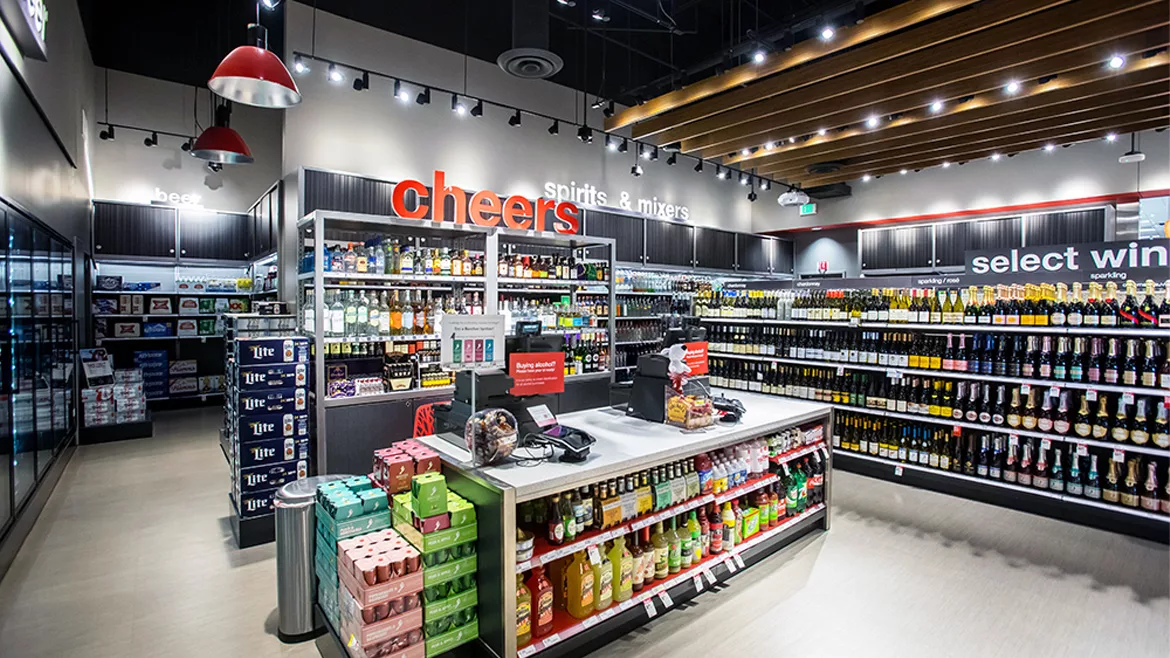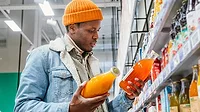Channel Strategies
Mass merchandisers struggle amidst inflation
Competitive prices have caused the channel to fall flat

Image courtesy of Target Corp.
Written and recorded by country music artist Dolly Parton, in the single and title track from her 1975 album “The Bargain Store,” Parton sings: “My life is likened to a bargain store. And I may have just what you’re looking for.…The bargain store is open, come inside. The bargain store is open, come inside.”
In today’s retail climate, although mass merchandisers are known to sell large amounts of affordable goods and products, experts note that the channel is facing challenges as consumers’ shopping habits are evolving.
Joan Driggs, vice president of Thought Leadership at Chicago-based Information Resources Inc. (IRI) points out that, despite inflation, consumers are not frequenting mass or supercenter merchandisers as they once were.
“Across income groups, household penetration is down in most channels, with the exception of club and dollar for both middle- and high-income households,” she says. “There are drops in lower-income households engaging with all retailer types. When we look at trips, there are fewer trips to mass/supercenter, mostly in favor of trips to the club channel.”
Driggs adds that for lower-income shoppers, trips to mass/supercenter merchandisers was down 1.3% in the 52 weeks ending Sept. 4. She explains that lower income is defined as someone who makes less than $30,000 a year, with the addition of $5,000 a person.
“But, when we dig into the baskets of shoppers across channels and by department, we see that baskets that contain beverages are up $2.50 in the mass/supercenter channel,” she says. “The total basket size when beverages are part of the basket are now $68.60. Those baskets are higher, however, in all outlets ($84.10), and higher in grocery and club, as well.”
Omnichannel shopping, which can best be described as a combination of all types of shopping, has definitely impacted the mass merchandiser channel.

Image courtesy of Walmart Inc.
“eCommerce is becoming a force to reckon with in the beverage category, with eCommerce beverage sales up 18% for the 52 weeks ended Aug. 7, 2022, from a year ago,” Driggs says. “eCommerce accounts for nearly 17% of omnichannel beverage sales and is driving 24% of omnichannel beverage sales growth.”
Driggs suggests that channels, like club, are challenging that of mass merchandisers.
“More consumers are going to club, which provides well-curated, larger quantities at a great volume discount,” she explains. “Many club memberships were purchased with stimulus dollars during the height of the pandemic and consumers are maintaining their memberships. Consumers are also going to the dollar channel, with penetration increasing most in middle- and high-income households.”
Especially with inflation, many consumers are searching for the lowest price point, Driggs says, “even if that means a lower volume amount — just enough to get by.”
Despite this competition, mass merchandisers are taking steps to serve today’s consumers. For example, Minneapolis-based Target Corp. announced that consumers now can pay for SNAP-eligible grocery items on Target.com. Mobile payment options for digital orders on the Target app also is scheduled to roll out soon, it says.
“At Target, we aim to make our guests’ shopping easier by providing accessibility across all payment types,” said Gemma Kubat, Target’s president of financial and retail services, in a statement at the time of the announcement. “Guests can now get their grocery shopping done on Target.com using SNAP benefits, sign up for additional perks and savings, and make trips extra convenient using our free, fast and contactless same-day services.”
The company notes that adding this new payment option makes it possible for consumers to get SNAP-eligible grocery items through its Order Pickup and Drive Up services.
“Food and beverage is an incredibly important part of our guests’ lives, especially as we head into the holiday season,” said Rick Gomez, Target’s chief food and beverage officer, in a statement. “I’m proud that we’re adding new digital payment options for grocery shopping so we can make the entire Target experience more accessible to all families.”
Bentonville, Ark.-based Walmart Inc. also is taking convenience to heart for its shoppers. It announced earlier this year, that Walmart+ members in select stores will have the option of returns picked up right from their doorstep. When initiating an eligible return on the app, Walmart+ members will be able to schedule a return from home and complete the process without having to leave their doorstep, the company says. Members won’t need to provide a box or a label. They will only need to hand off the return to one of our delivery drivers, and Walmart will handle the rest, it adds.
As omnichannel shopping changes how consumers shop, mass merchandisers are embracing these digital solutions.
Looking for a reprint of this article?
From high-res PDFs to custom plaques, order your copy today!






